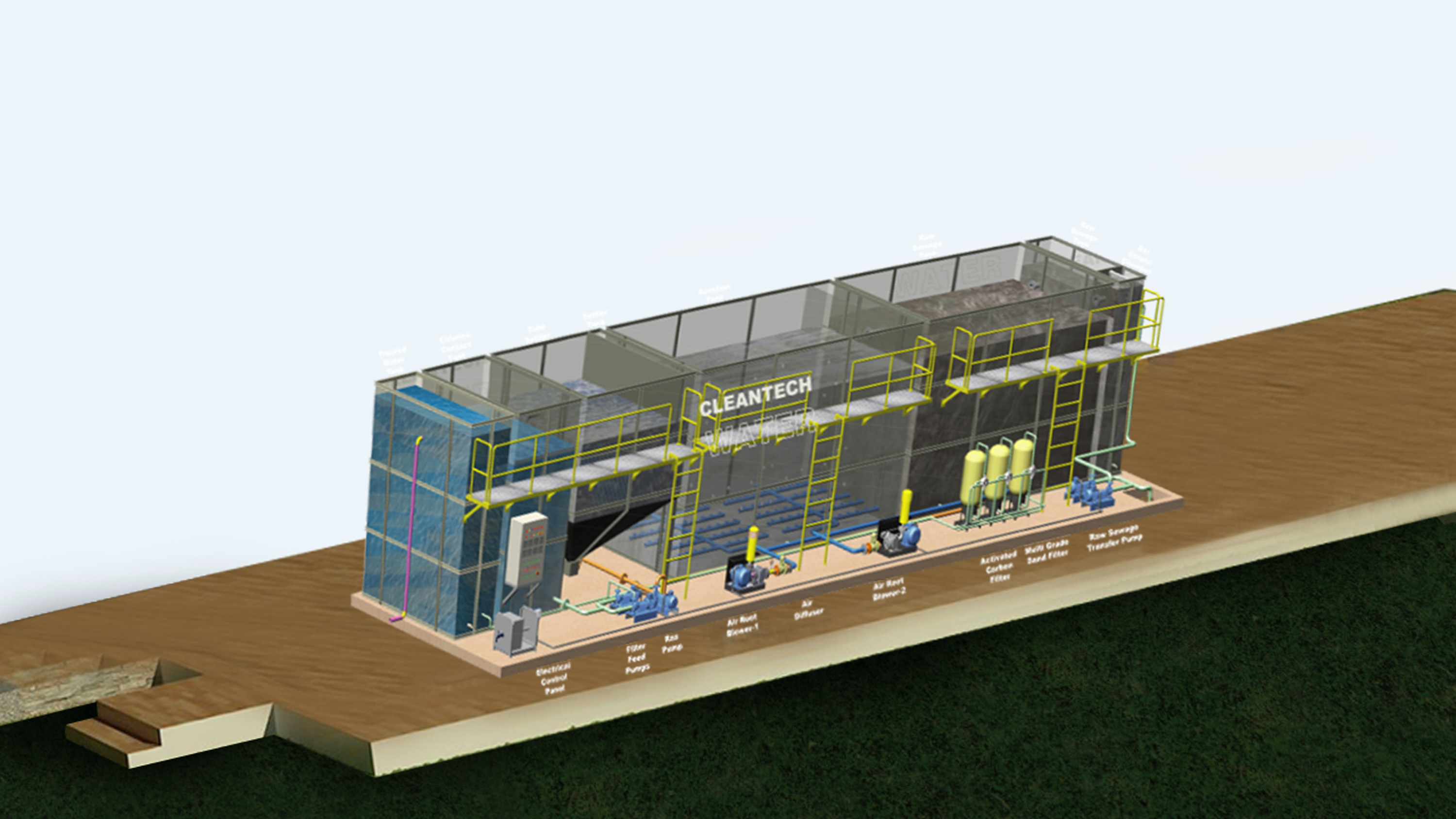Natural occurring water contains many dissolved solids in dilute forms which are usually various types of salts. These solids are known as TDS. Demineralization, also known as deionization, is a process which removes minerals salts from water through the ion exchange procedure. Both cation and anion are removed through this process which is also known as deionization. In other words, it is a wastewater treatment process.

Ions Found in Water:
Positively-charged ions are known as Cations. These are usually metals.
- Iron
- Calcium
- Magnesium
- Copper
- Sodium
- Potassium
Negatively-charged ions are known as Anions. These are usually non-metals.
- Chloride
- Carbonate
- Sulphate
- Bicarbonate
- Nitrate
High-purity water obtained through deionization process basically does not have any ionic impurities. Hence, it is highly preferred by many laboratories and industries for smooth processing of their units.
Demineralization Process
Demineralization Water Treatment is a physical process. Ion exchange resins are specially manufactured which help to replace the mineral salts in water. There are two types of resins – anion exchange and cation exchange resins. The former resins release hydroxyl ions which are usually negatively charged ions. The cation resins release hydrogen ions which are usually positively charged ions.
There Are Two Types of Deionization or Demineralization Processes:
-
Two-Bed Demineralization
As the name suggests, this is a process with two vessels – one with a cation resin and the other with anion resin. First, water passes through a cation exchanger. Every cation gets exchanged with equivalent hydrogen ions. This keeps the water electrically balanced. Water leaving the cation then passes through an anion exchange. The same principle is applied here and anions are exchanged with hydroxyl ions.
-
Mixed-Bed Demineralization
Here, instead of two different vessels, the cation and anion resins are mixed in a single pressure vessel. This process is definitely considered to be more efficient than the two-bed plants but the regeneration process involved here is more complicated. The mixed-bed plants result in higher quality water than the two-bed plants. However, they are normally used when higher level of purification is required. After the two-bed demineralization treatment, water is further polished by the mixed-bed process.
Demineralization is a wastewater treatment process which purifies water at similar levels of distilled water. It is a fast process which does not require scale build up. Various principles are followed in the demineralization process – ion-exchange, degasification, and polishing.
When it comes to water purification, the ion-exchange process is quick and reversible. And one of the proven processes to treat water is the demineralization technology. The components used in each process may vary depending on the composition of the water which is to be treated.
Demineralization water treatment process has huge application in the fields of textiles, chemicals, boilers feed water, hospitals, swimming pools, pharmaceutical industries, as well as automobile segment.
Contact Us for Sewage Treatment Plant in India
At Cleantech Water, we offer reliable solutions in the form of industrial water treatment plants. We also provide Mini-Demineralized Water Treatment Plants. If you have any questions about sewage treatment plants or are looking to purchase an industrial water treatment plant, call us at 079-4003 6917. We can offer expert advice and guidance.

